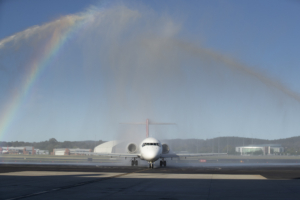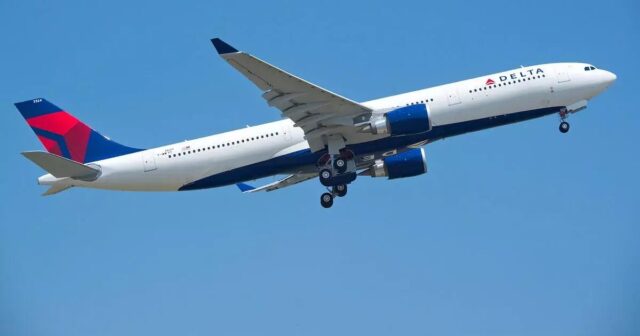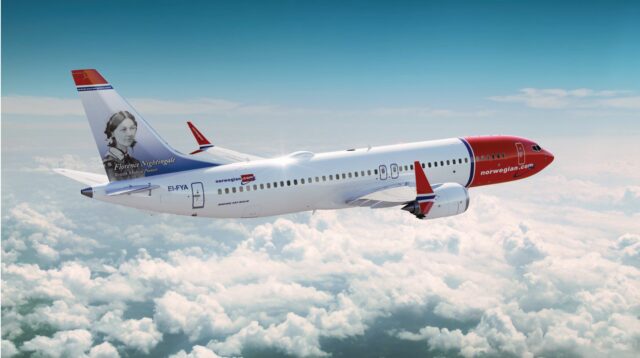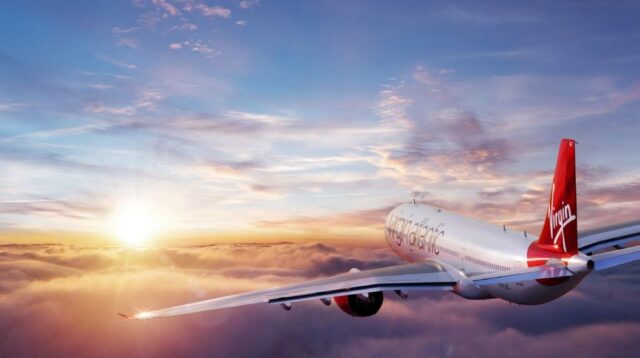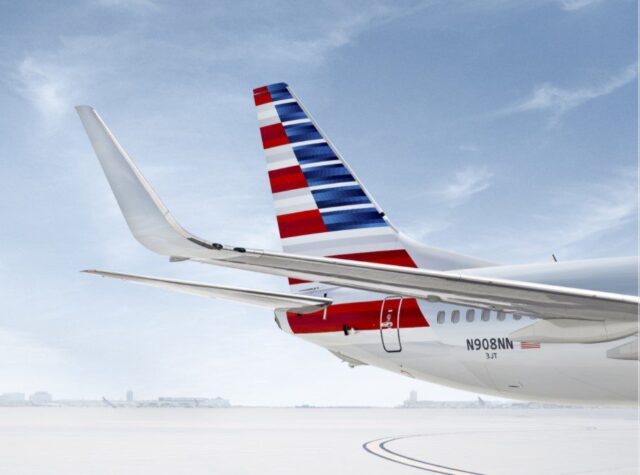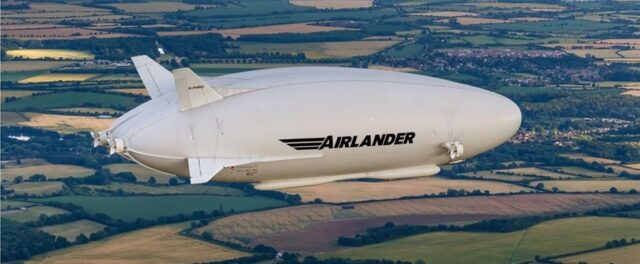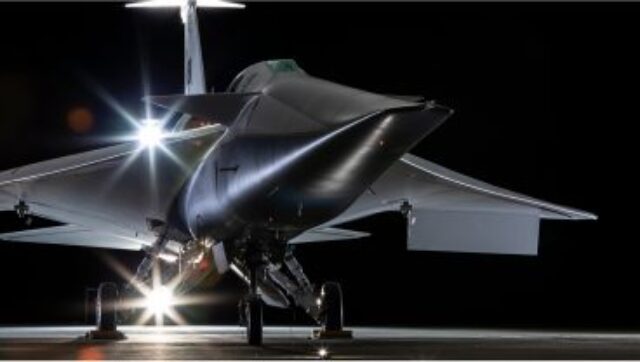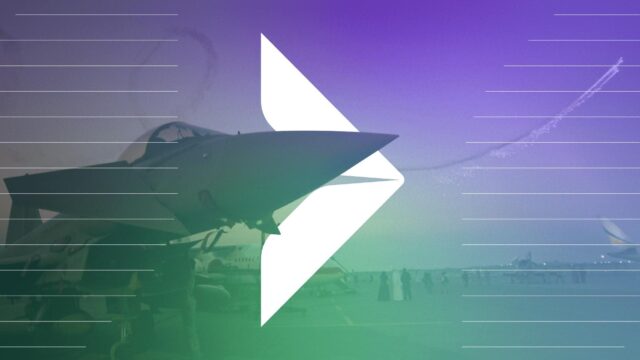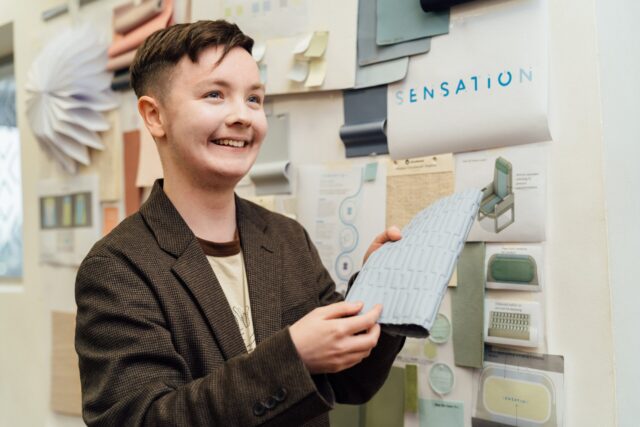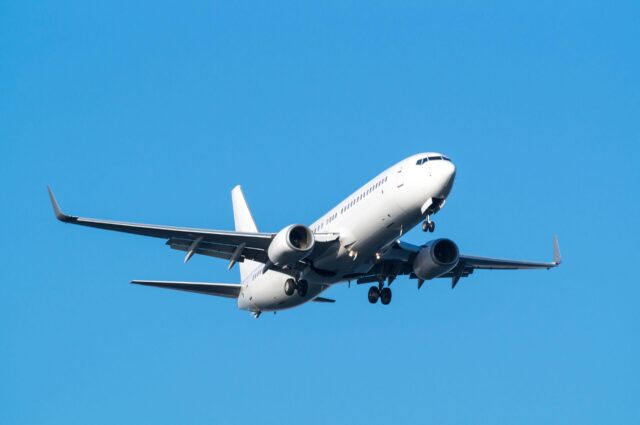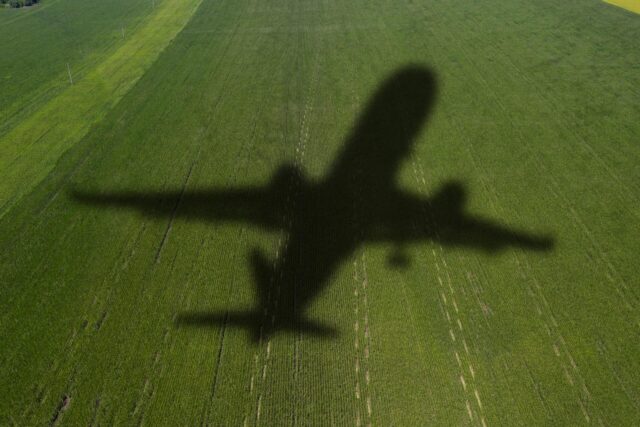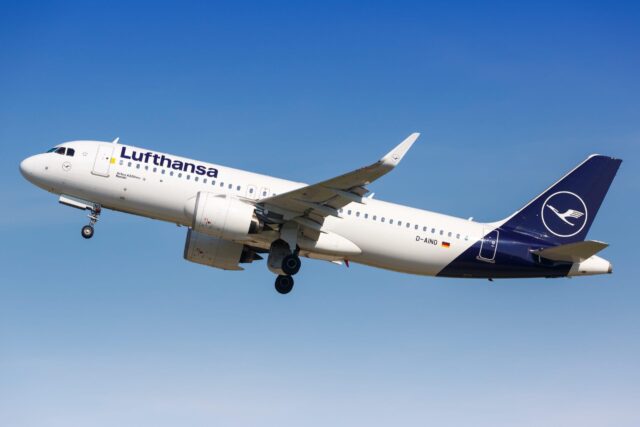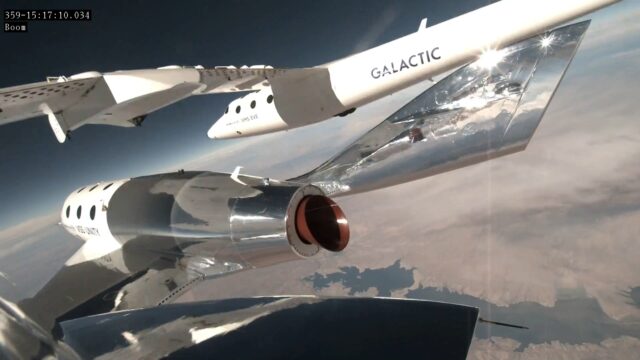QantasLink Mad Dogs to bark no more
October 28, 2024

The last remaining QantasLink Boeing 717 (VH-YQS, ‘Great Otway National Park’) flew the type’s final flight (QF1511) landing at Canberra at approximately 18:00, local time. QantasLink said that the crew had more than 100 years combined experience flying the 717 in Australia.
After an eleven year career with QantasLink, during which she completed more than 15,000 flights, totalling more than 17,000 flying hours and safely carrying more than one million passengers, ‘Great Otway National Park’ will now spend the next few weeks on the ground at Canberra ahead of its formal retirement in November.
QantasLink Chief Executive Officer Rachel Yangoyan said that: “The 717 aircraft have a long history in Qantas and Jetstar’s fleet. From being the aircraft that launched Jetstar’s first ever flights in 2004 to serving major cities, regional towns and the mining sector in the West as part of QantasLink for more than 20 years, we know our people and customers have loved flying on the 717.”
QantasLink was one of the last three commercial airlines to operate the Boeing 717 aircraft, and with the retirement of the type in Australia, only Delta Air Lines and Hawaiian Airlines operate the type. Delta has a fleet of 88 B717s, of which some 72 remain active, and sixteen are parked. Delta believes that older aircraft represent its best path to profitability and has created a very extensive MRO (maintenance, repair and overhaul) organization, called TechOps, to support its fleet. Hawaiian Airlines has nineteen aircraft, of which three are parked.
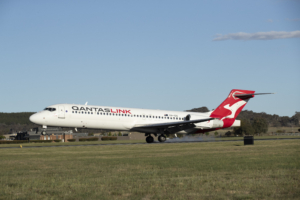
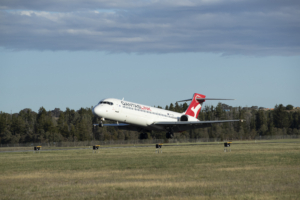
The Boeing 717 is a derivative of the Douglas DC-9, via the McDonnell Douglas MD-80 family. The twin-engined, five-abreast airliner was developed for the 100-seat market and was marketed as the MD-95 until the McDonnell Douglas company merged with Boeing Commercial Airplanes in August 1997, when it was redesignated as the Boeing 717. The aircraft proved popular on high-frequency short to medium routes serving smaller airports, and became affectionately known as the ‘Mad Dog’ due to the MD in its original designation, its power and the snarling roar of its engines!
Some 156 Boeing 717s were built at Boeing’s Long Beach assembly facility in California, the last rolling off the line in 2006. Qantas gained eight of the the type in 2001, when the Group acquired Impulse Airways in 2001, to form the basis of Qantas’ new regional airline QantasLink. This airline was tasked with connecting Australian capital cities and regional hubs and supporting the resource sector in the West of the country. The former Impulse aircraft were augmented by more 717s, and 14 of 717s were converted to support the launch of budget airline Jetstar in May 2004, before moving back into QantasLink.
The fleet of 20 QantasLink 717 aircraft are being replaced by 29 new fuel-efficient Airbus A220s, as part of the Qantas Group’s fleet renewal program, which will reshape its domestic and regional network over the next decade and beyond. Four A220s are already flying for QantasLink, and another (‘Tasmanian Devil’) is scheduled to enter into service by the end of the year.
Ms Yangoyan added. “As we farewell the Boeing 717 in Australia and the end of an era, we are excited about the future of QantasLink jet flying onboard the A220. We’re already getting great feedback from customers and our crew about their experience onboard the A220 aircraft. With almost double the range, lower emissions per seat and a more comfortable inflight experience, the A220s will allow us to deliver the next generation of flying for our customers and our people.”
The next generation A220 will carry 137 passengers, with ten business class seats in a 2-2 configuration and 127 economy seats in a 2-3 configuration. Economy seats are more comfortable and have extra padding compared with the 717’s seats, and there is about 20% more overhead locker space for all customers. The new type will deliver an improved onboard experience for passengers, who will enjoy a spacious cabin with the largest windows of any single aisle aircraft and fast, free Wi-Fi. The aircraft has the improved Qantas Entertainment App allowing passengers to stream content to their own devices, with USB A and C charging and a wireless charging pad in business class.
The A220 will give a 50% reduction in noise footprint and a 25% reduction in carbon emissions compared to the Boeing 717.
